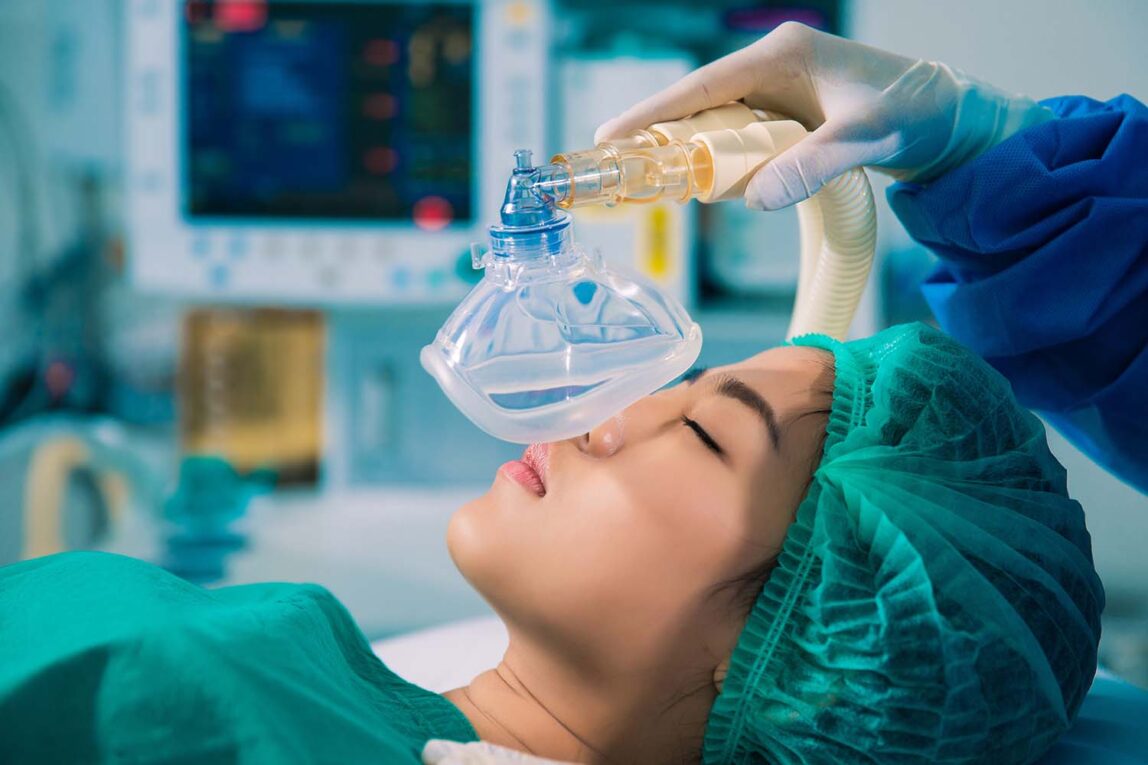The human respiratory system is one of the most essential parts of our bodies, allowing us to breathe in oxygen and exhale carbon dioxide. When illness or injury impacts this delicate system, respiratory devices can make a world of difference for patients struggling to breathe on their own. In this article, we will explore several major categories of respiratory devices and how they are enhancing and even saving lives.
Ventilators
One of the most important respiratory devices are ventilators, also known as mechanical ventilators or breathing machines. Ventilators are life-saving devices that provide breathing assistance when a person’s lungs are unable to function sufficiently on their own. They work by delivering oxygen-rich air into the lungs while also removing carbon dioxide from the body. Ventilators see widespread use in intensive care units and emergency rooms to treat conditions like respiratory failure, pneumonia, chronic lung diseases, and injuries.
For critically ill COVID-19 patients, ventilators have been instrumental in keeping many alive as they battle the virus. However, the pandemic also highlighted challenges like ventilator shortages in some hotspot areas. Technological advances continue to make ventilators more portable and user-friendly. Portable ventilators even allow some patients to have greater mobility and comfort at home instead of being confined to a hospital bed.
CPAP and BiPAP Machines
For patients with chronic respiratory conditions like sleep apnea, obstructed breathing, or respiratory muscle weakness, CPAP (continuous positive airway pressure) and BiPAP (bilevel positive airway pressure) machines are common non-invasive respiratory devices. These portable devices deliver pressurized air through a face mask to keep the airways open during sleep and enable easier breathing.
CPAP delivers a single level of positive pressure while BiPAP provides two different pressure levels, allowing for expiratory pressure relief which can make it more comfortable for some patients. Widespread adoption of home CPAP and BiPAP therapy has helped improve quality of life and reduce health risks for millions suffering from conditions like sleep apnea. Newer machines also integrate technologies like humidifiers, wireless connectivity, and automatic adjustments based on breathing patterns.
Oxygen Concentrators and Delivery Devices
For patients with chronic lung diseases resulting in low blood oxygen levels, supplemental oxygen therapy is crucial. Portable oxygen concentrators extract oxygen from room air and deliver concentrated doses through nasal cannulas, masks, or portable liquid oxygen tanks.
Larger stationary oxygen concentrators are commonly used in home settings while smaller portable devices allow for greater mobility. Bluetooth-enabled devices can also wirelessly connect to pulse oximeters or smartphones to monitor oxygen levels. For patients on long-term oxygen therapy, innovative delivery methods now include portable liquid systems and highly-concentrated compressed gas cylinders.
Airway Clearance Devices
Mucus buildup in the airways is a major issue for those with chronic lung conditions like cystic fibrosis or bronchitis. Respiratory airway clearance devices help loosen and suction out mucus through vibration therapy and positive expiratory pressure techniques. Common devices include chest physio vests that vibrate the chest to loosen secretions, oscillatory positive expiratory pressure devices that deliver pressure pulses during exhalation, and intrapulmonary percussive ventilation machines.
At home use of these non-invasive devices allows patients to stay on top of airway clearance therapies without daily clinic visits. Newer Bluetooth-enabled devices also allow remote monitoring by physicians and family members. Airway clearance continues to be improved through new device designs, targeted oscillation frequencies and pressures, and integration with digital health platforms.
Nebulizers
Nebulizers are small medical devices used to administer medication in mist form directly into the lungs. They see widespread use for treating conditions like asthma through delivery of drugs like albuterol and budesonide. Different nebulizer types include jet nebulizers that use compressed air, ultrasonic nebulizers that use electric current to generate vibrations and mesh nebulizers.
Newer smart nebulizers integrate technology to track treatment adherence, optimize dosing, and provide respiratory monitoring. Connected devices can also transmit nebulization data to caregivers and physicians for remote monitoring. Handheld pocket-sized nebulizers now allow discreet medication delivery anywhere which is helpful for asthmatics. Overall, advances continue to make nebulizer therapy more effective, easier to use and integrate with digital health platforms.
The Future of Respiratory Care Devices
As medical technology progresses rapidly, the future promises even more innovative Respiratory Devices. Areas being explored include integrated device platforms that combine multiple therapies, artificial intelligence-optimized personalized treatment, enhanced portability and connectivity. Implantable devices to treat lung diseases are also in development. 3D printing will enable custom device designs tailored to individual patient anatomies. Overall, advanced respiratory technologies aim to transform lives by allowing full, active participation regardless of lung conditions through enhanced breath support and therapies.
*Note:
1. Source: Coherent Market Insights, Public sources, Desk research
2. We have leveraged AI tools to mine information and compile it

